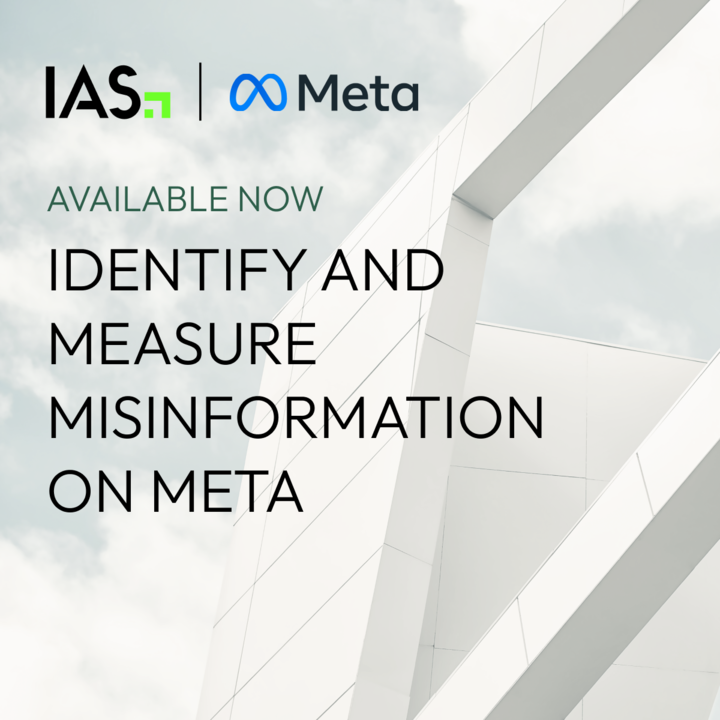2017 was a difficult year on many fronts, in particular for digital publishers struggling to make ends meet in an advertising ecosystem increasingly dominated by the Facebook and Google duopoly. One expected, or maybe unexpected, saving grace for media outlets? The 2016 election supercharged numbers for publishers who covered the race in exhaustive detail and the unorthodox character of Donald Trump’s first term has meant that the traffic boost most publishers enjoyed during the election hasn’t let up more than a year later.
The Trump Bump
This so-called “Trump bump” has drawn the eye of a number of publishers looking for a quick fix to juice their numbers. A record amount of news-making events has kept news publishers on the Trump beat, but a growing number of non-news outlets have also tiptoed into Trump territory. From Teen Vogue, which has increasingly folded social justice into its fashion and culture commentary, to numerous lifestyle publishers picking up Trump family ephemera. Fashion publications have devoted pages and pixels to praising and critiquing the sartorial choices of Melania and Ivanka all in an effort to tap into the Trump traffic current. However, it’s possible that these publishers aren’t so much plugging in as grabbing a third rail.
IAS data shows that in the year since the 2016 election the number of advertisers blocking Trump-related content has increased dramatically, from just 10 in November of 2016 to 153 today. That increase may explain why publishers across the spectrum are seeing muted results from their attempt to monetize Trump traffic despite seeing more eyes on pages as a result of intense interest in the President. Advertisers have been adding Trump-related terms to their block lists on a near daily basis since election day, a trend that carried on throughout 2017 and has carried over into the new year as well. 
153 advertisers block Trump related terms today, up from 10 one year ago
We spoke with a beauty brand advertiser about their motivations for screening Trump-related content from their audiences buys. According to a marketer who preferred to remain anonymous, the brand takes no political stance but has decided to avoid Trump focused content because, “even appearing adjacent to stories about the president can give the appearance that we’re partisan, and that’s something we’d rather avoid entirely.”
Unlike most Presidential traffic spikes, the president continues to drive almost every news cycle more than a year after his election, and the Trump bump shows few signs of letting up. In fact, attention is likely to intensify as we enter the hotly contested 2018 midterm election cycle. It’s likely that news and non-news publishers alike will continue to produce Trump focused content in relation to a spate of 2018 congressional contests, all of which will likely be viewed through the lens of the Presidency.
Tackling traffic challenges
So where does this leave publishers looking to make the most of the brand dollars and media buys that election season is sure to bring? Publishers can make the most of midterm season without falling into the Trump bump trap. This unique revenue opportunity comes with a number of unique challenges. However, website reorganization, nuanced PMP packaging, and greater transparency will deliver results. To learn more about how digital publishers can make the most of the 2018 midterms without sacrificing brand dollars sign up for our IAS webinar “Navigating 2018 political advertising for an election season win”
 Share on LinkedIn
Share on LinkedIn Share on X
Share on X

